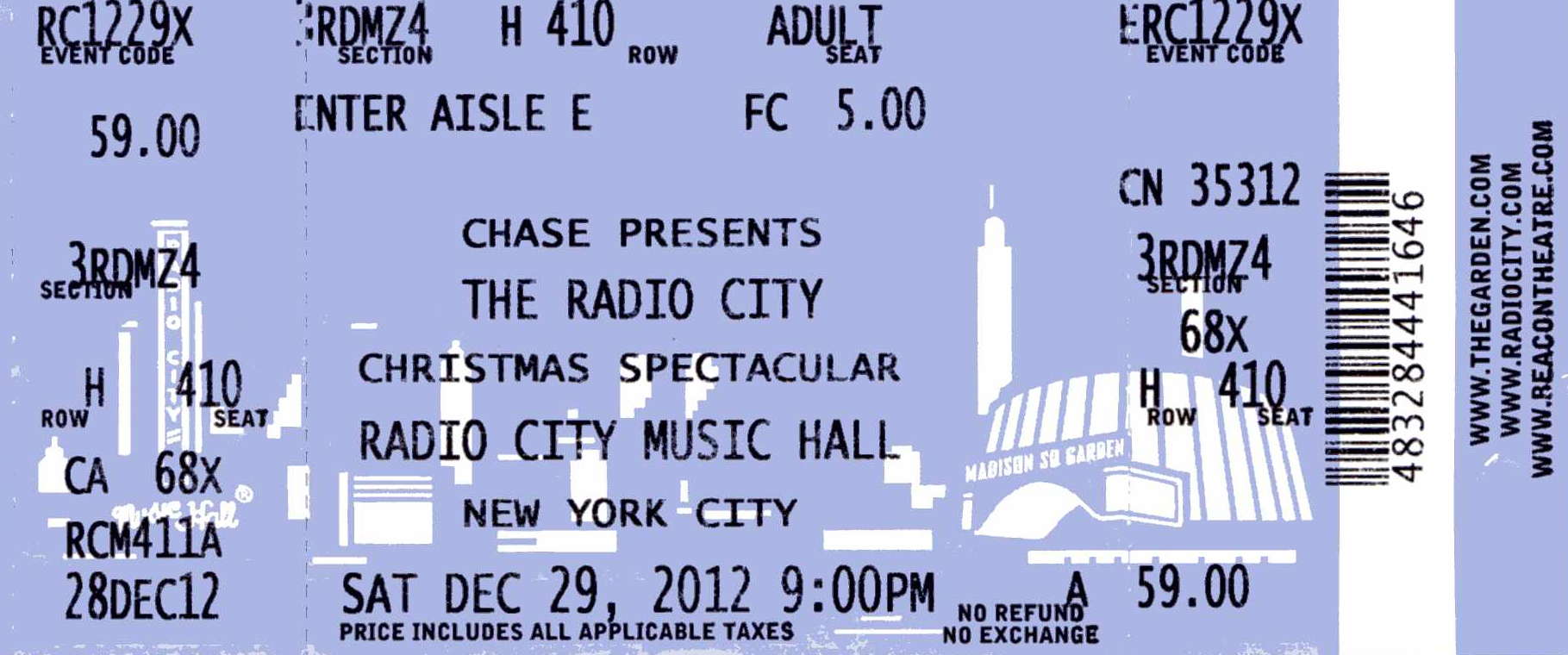New Aasm Scoring Manual 2013
The American Academy of Sleep Medicine (AASM) notified its members of the indefinite suspension of the requirement for accredited sleep centers to score in adult patients according to the 3% oxygen desaturation criterion in the new AASM scoring manual. The Academy still recommends scoring hypopneas in adults when there is a 3% oxygen desaturation from pre-event baseline with or without an arousal. However, it is still acceptable for accredited sleep centers to score hypopneas in adults when there is a 4% oxygen desaturation from pre-event baseline. Hypopneas may be scored using the recommended rule 1A or the acceptable rule 1B: Recommended 1A.
Score a respiratory event as a hypopnea if ALL of the following criteria are met:. The peak signal excursions drop by ≥30% of pre-event baseline using nasal pressure (diagnostic study), PAP device flow (titration study), or an alternative hypopnea sensor (diagnostic study). The duration of the ≥30% drop in signal excursion is ≥10 seconds. There is a ≥3% oxygen desaturation from pre-event baseline and/or the event is associated with an arousal Acceptable 1B.
The AASM Manual for the Scoring of Sleep and Associated Events, Version 2.5, will be released April 2, 2018. Based on the recommendations made by the AASM Scoring Manual Editorial Board, the American Academy of Sleep Medicine Board of Directors has approved the following changes in this Scoring. AASM Hypopnea Scoring. AASM Hypopnea Scoring. Adult patients according to the 3% oxygen desaturation criterion in the new AASM scoring manual. The 2007 AASM Scoring Manual vs. The AASM Scoring Manual v2.0 October 2012 The American Academy of Sleep Medicine (AASM) is committed to ensuring that The AASM Manual for the Scoring of Sleep and Associated Events reflects the best and most current evidence in sleep medicine. The online format of the manual makes it particularly amendable to periodic updates based on new evidence in the.
Aasm Isr
Score a respiratory event as a hypopnea if ALL of the following criteria are met:. The peak signal excursions drop by ≥30% of pre-event baseline using nasal pressure (diagnostic study), PAP device flow (titration study), or an alternative hypopnea sensor (diagnostic study). The duration of the ≥30% drop in signal excursion is ≥10 seconds. There is a ≥4% oxygen desaturation from pre-event baseline The criterion involving arousals is included in 1A and excluded from 1B.
The criteria for scoring hypopneas in children remain unaffected. For more information call (630) 737-9700 or visit.
The AASM Manual for the Scoring of Sleep and Associated Events: Rules, Terminology and Technical Specifications is the definitive reference for the evaluation of polysomnography (PSG) and home sleep apnea testing (HSAT). This comprehensive resource provides rules for scoring sleep stages, arousals, respiratory events during sleep, movements during sleep and cardiac events. The AASM Scoring Manual also provides standard montages, electrode placements and digitization parameters.
This digital subscription is indispensable for sleep technologists, and it is an essential reference for physicians who interpret sleep studies. The following summary provides an overview of a new section and some key changes that have been made in Version 2.5. Parameters to be Reported for Polysomnography (Section B) – updated total sleep time parameter. Technical and Digital Specifications (Section C) – histograms should now also display body position.
Sleep Staging Rules, Part 1: Rules for Adults (Section E) – a new figure depicting the definition of ‘rapid eye movements’ was added. Respiratory Rules, Part 1: Rules for Adults (Section C) – a new figure was added to clarify Note 2. HSAT Rules for Adults, Part 1: HSAT Utilizing Respiratory Flow and/or Effort Parameters (Recording Data to be Reported) – this section was split into two sections – data to be reported if sleep is NOT recorded and data to be reported if sleep is recorded. HSAT Rules for Adults, Part 1: HSAT Utilizing Respiratory Flow and/or Effort Parameters (Summary Statements) – reporting the occurrence of snoring is now OPTIONAL. HSAT Rules for Adults, Part 1: HSAT Utilizing Respiratory Flow and/or Effort Parameters (HSAT Respiratory Events Rules: Technical Specifications) – dual thoracoabdominal RIP belts are RECOMMENDED for monitoring respiratory effort, whereas single thoracoabdominal RIP belts are ACCEPTABLE. HSAT Rules for Adults, Part 2: HSAT Utilizing Peripheral Arterial Tonometry (Section B) – replaced reporting the number of sleep-related respiratory events with reporting respiratory event index. Development Process – a list of the previous versions of the Scoring Manual and release dates was added.
Glossary of Terms – definitions of delta frequency and theta rhythm were updated to be consistent throughout the manual. The following are versions of the Scoring Manual, summaries of the revisions made for each major update, and dates when these versions were released. Version 2.5 (April 2018). Version 2.4 (April 2017). Version 2.3 (April 2016).
New Aasm Scoring Manual 2013 Pdf
Version 2.2 (July 2015). Version 2.1 (July 2014). Version 2.0.3 (January 2014).

Version 2.0.2 (September 2013). Version 2.0.1 (July 2013). Version 2.0 (released October 2012). Note: All AASM-accredited sleep facilities are required to have implemented the new rules in Version 2.5 by October 1, 2018.